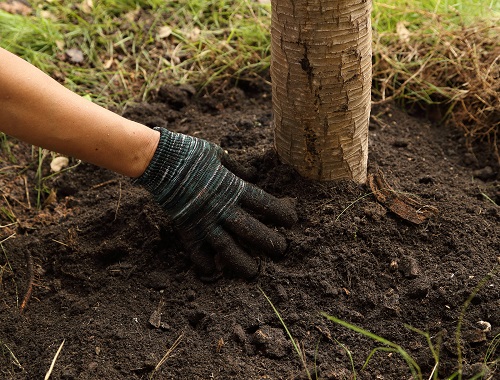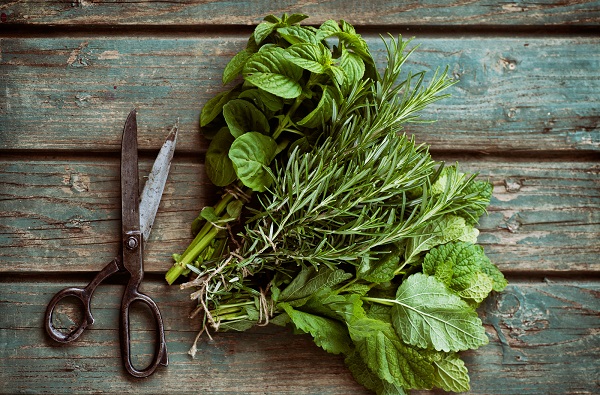Transplanting Trees the Right Way
 Transplanting trees is a gift to the future. But, according to The Arbor Day Foundation, planting a tree the right way can as much as double both the tree’s life span and its ultimate size. Clearly, there is a lot to be said for doing a good job when it comes to tree planting. Here are some considerations worth knowing about before you getting started.
Transplanting trees is a gift to the future. But, according to The Arbor Day Foundation, planting a tree the right way can as much as double both the tree’s life span and its ultimate size. Clearly, there is a lot to be said for doing a good job when it comes to tree planting. Here are some considerations worth knowing about before you getting started.
Transplanting trees to consider
- Rules: It is important to consider zoning laws and home owner association regulations, especially when planting trees in urban areas.
Utilities: Underground utilities are another concern to check out thoroughly before you start, because trees require a deep, well prepared planting hole that can interfere with buried lines at planting, or in the future. - Goals: Are you planting for shade, privacy, beauty, or maybe all these things? Consider what you hope for from your tree planting effort. Most trees have lifespans of 20 years or more, and some grow to very large sizes. Keep all these things in mind as you plan your tree planting. The outcome will be more successful, and also improve the value of your home.
- Species: Whether a tree is deciduous and loses its leaves in winter, or evergreen, keeping them all year round is another important consideration when transplanting a tree. There are pros and cons to both, and in the end, it comes down to personal preference. Some species also require more maintenance, clean-up, or have susceptibility to plant diseases that may be common in your area. All of these are good points to keep in mind as you consider what species to plant.
- Water: All trees will need some water and tending. Some require much more than others, and knowing the tree’s requirements in advance is important, especially in drought conditions. Keeping a good layer of mulch around the base of the tree is another important way to the most of the water you give your new tree.
- Maintenance: Getting the right amount of water at the best time can be one of the hardest parts of maintaining trees and other landscape plantings. Watering is especially important in naturally arid areas and during drought conditions. The best way of solving this problem is installation of timer controlled irrigation that delivers the exact volume of water the tree needs at the best time of day – or even at night!
- Planting: A tree planting hole needs to be three times the size of the tree root ball. Whether the transplant is bare root, burlap covered, or in a container affects how you need to handle it before planting. The soil below the root ball should stay firm, and after filling soil in around the tree, a watering basin should be formed with soil around the base of the plant.
Consider Hiring a Professional
Transplanting trees properly involves some complex considerations as well as hard work. Professional landscaping contractors have the local knowledge, experience, and equipment for making your tree planting goals a success. Contact us today for your landscaping needs.




